Which of Apple’s 2018 phones – the iPhone XS, XS Max or XR – should you buy?
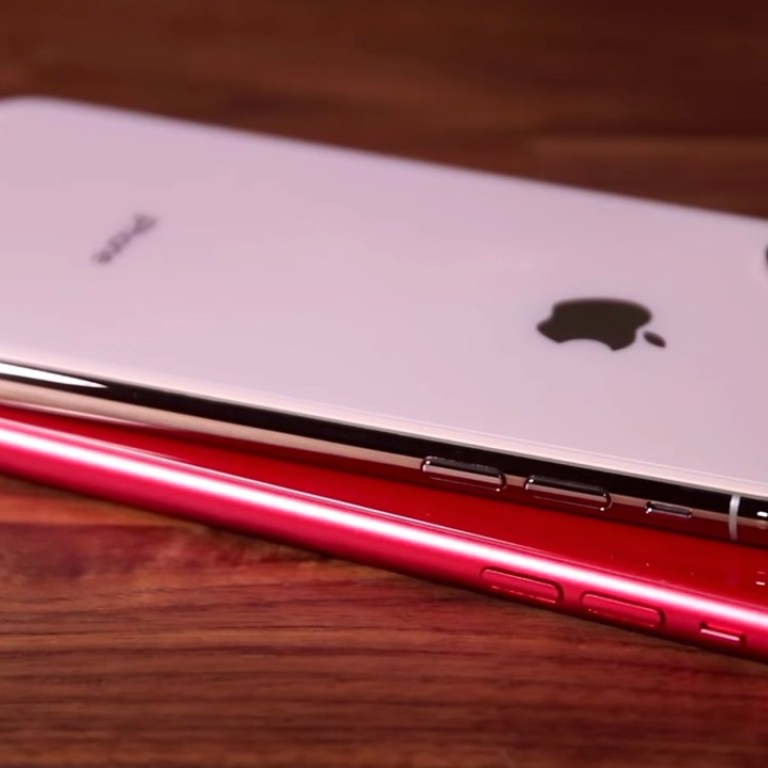
Apple has released three new smartphones this year: the iPhone XS, iPhone XS Max and iPhone XR.
So which one should you buy?
The three phones are all good – and all share a few similarities.
How they compare
They are powered by the same processor – Apple’s A12 Bionic chip – so you will not notice a difference in speed or performance.

All three phones also run on iOS 12, the latest version of Apple's mobile operating system for iPhones and iPads.

The three Apple phones also all support wireless charging.
The iPhone XS, XS Max and XR also have the same front-facing camera for selfies and Face ID.
Their rear cameras are nearly identical, too, even though the iPhone XS and XS Max both have one extra lens, compared with the XR.

All of the phones feature similar designs.
They look like the iPhone X from 2017, with its near-edge-to-edge display and “notch” cut-out for the front-facing camera system.
The phones also all support two SIM cards (one physical Nano SIM card and one electronic SIM card, unless you live in China), which allows you to connect to multiple carriers and networks.
However, that is where the similarities end.
The 6.1-inch (15.5-centimetre) screen of the iPhone XR is just slightly bigger than the 5.8-inch screen on the iPhone XS.
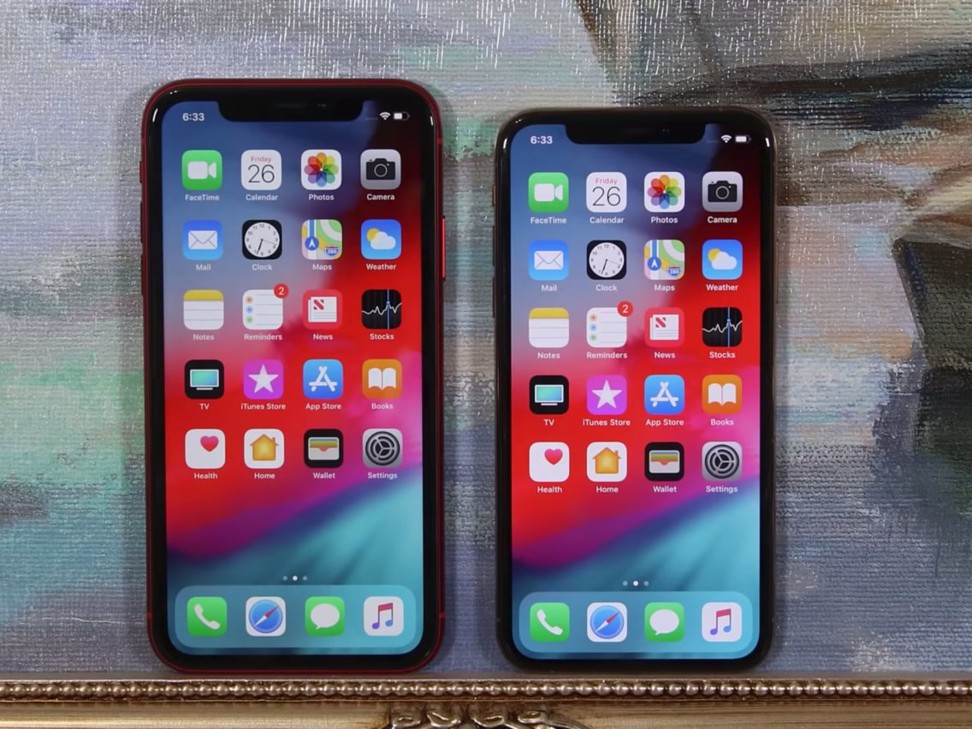
Yet neither phone compares with the 6.5-inch screen on the iPhone XS Max.
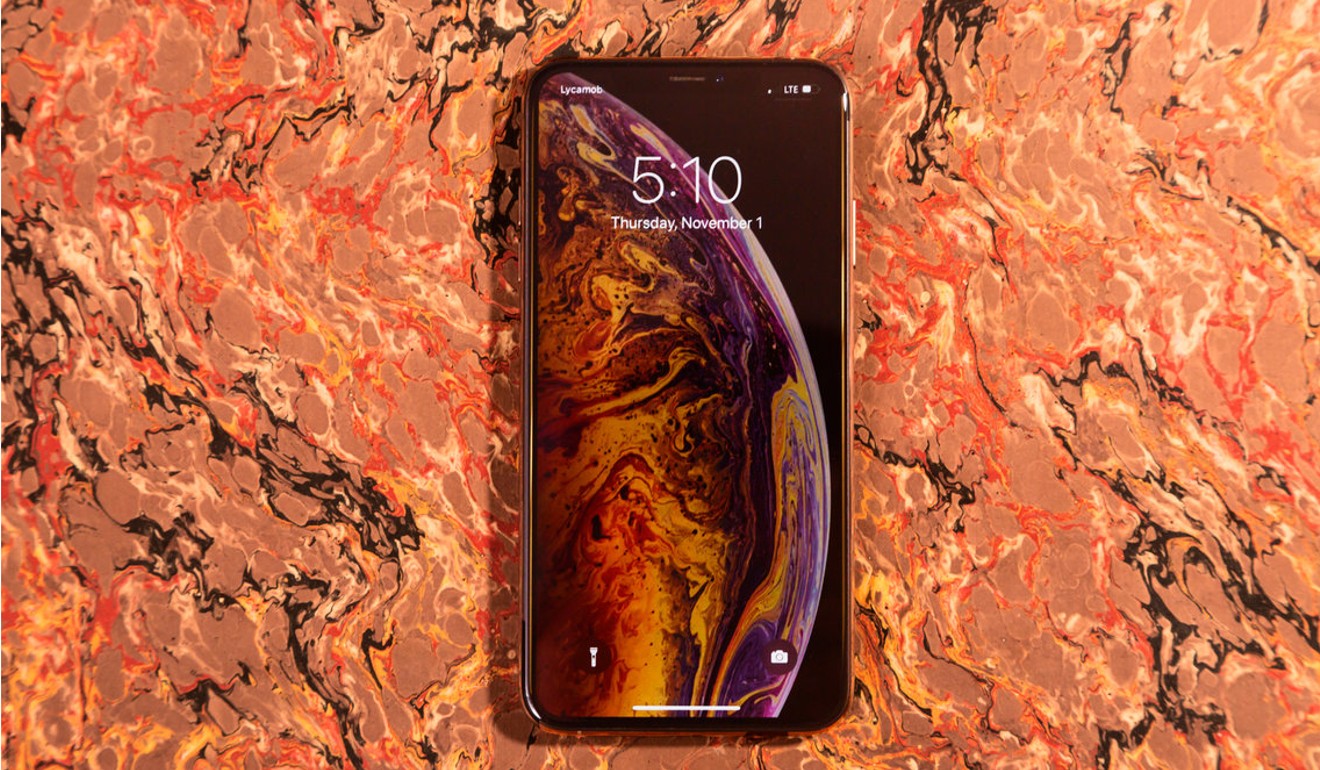
The screens for the iPhone XS and XS Max feature organic light-emitting diode (OLED) technology. They have two of the best smartphone displays ever made.
The iPhone XR has a liquid-crystal display, which is still good, but it doesn’t compare to the gorgeous colours, contrast and brightness of the OLED screens on the iPhone XS and XS Max.
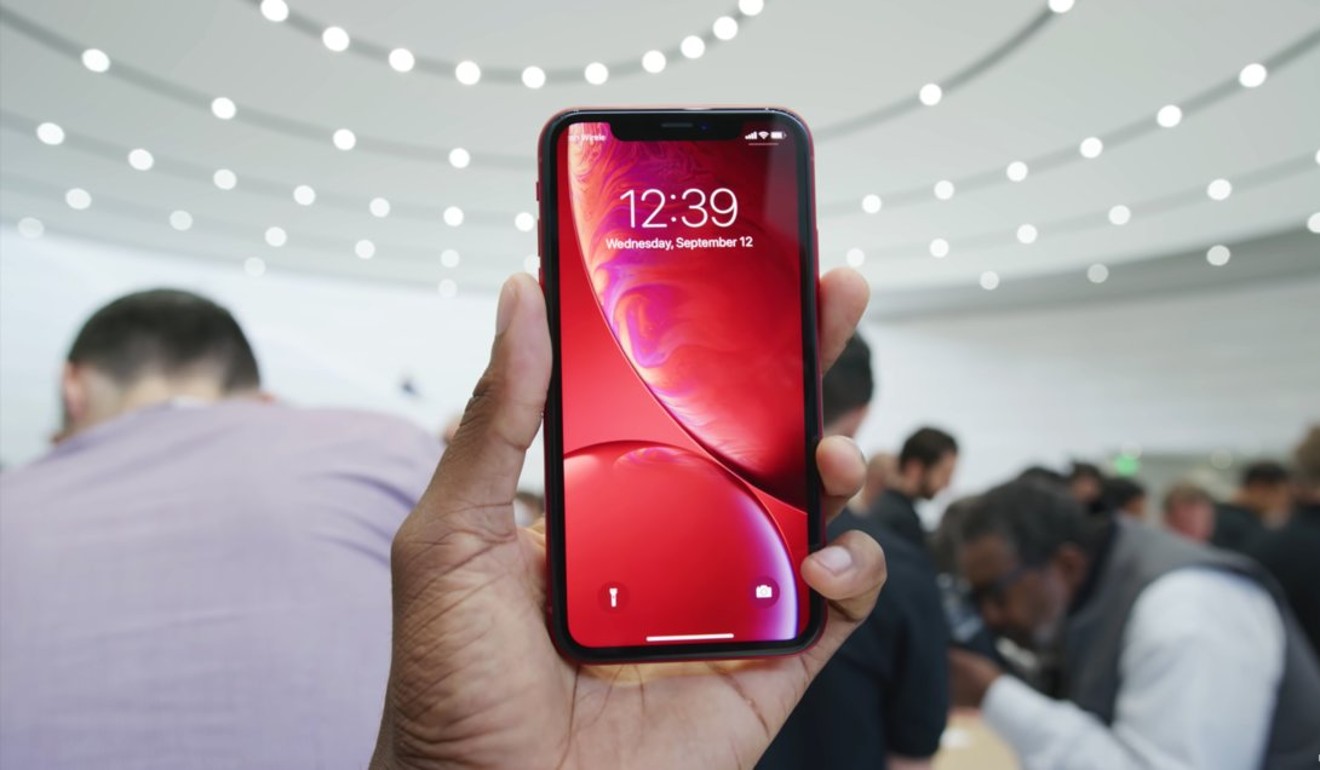
The iPhone XR also has a slightly thicker bezel, or border around its display, compared with the iPhone XS.
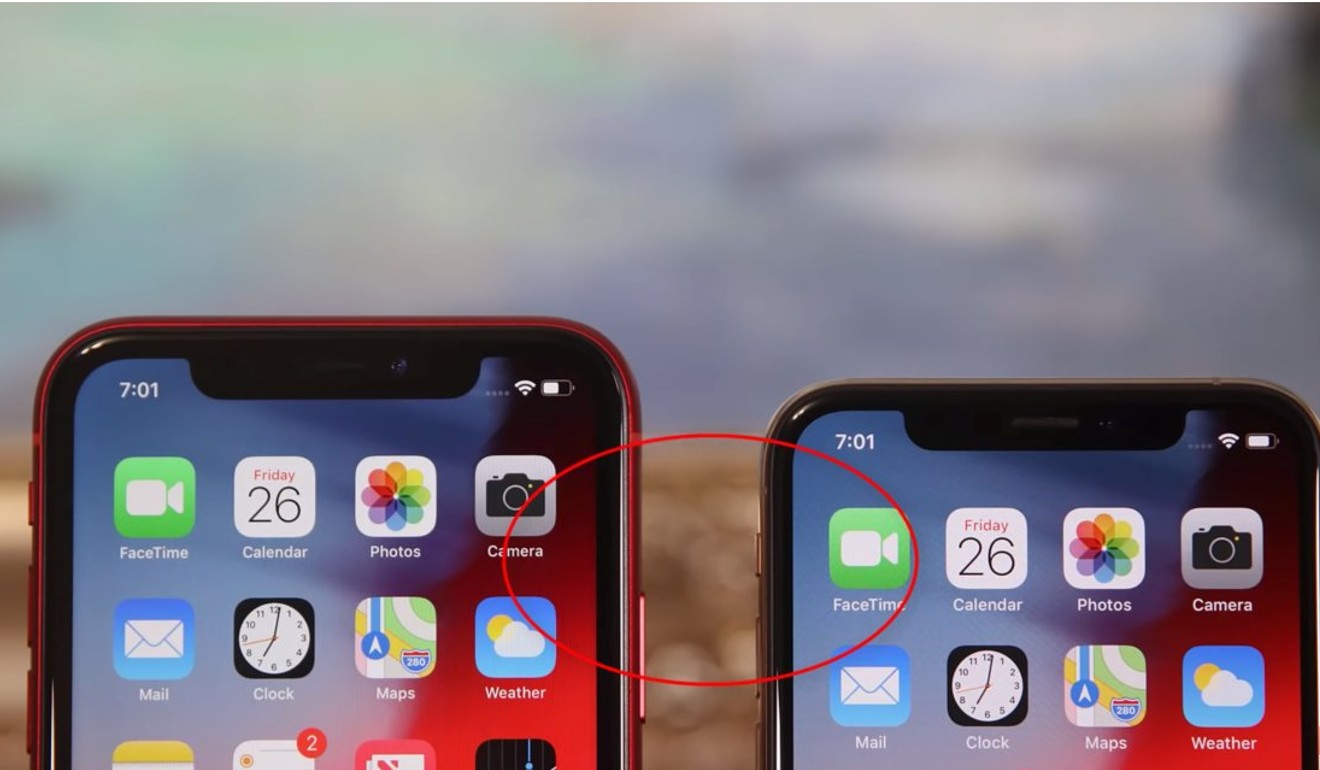
The iPhone XS offers about 13 hours of battery life. The iPhone XS Max provides about 14 hours of life.
However, the iPhone XR has the best battery life of them all – 16 hours on a single charge, which is about three hours longer than the iPhone XS battery.
The iPhone XS and XS Max support up to 512 gigabytes of internal storage, compared with the iPhone XR’s 256GB of storage.
Both the XS versions and the XR will survive if you are caught using them out in the rain, but the two iPhone XS phones are slightly more water resistant than the iPhone XR.

The iPhone XS and XS Max support 3D Touch, where you can push into the screen to get more menu options.
Although the iPhone XR does not support 3D Touch, it has a similar system in which touching and holding the display can make menu options appear.
The iPhone XS and XS Max support 2X optical zooming, which means you can zoom in without losing any quality.
Since the iPhone XR has only one rear-camera lens, it cannot perform optical zooming.
The iPhone XS and XS Max come in only three colours: silver, black (described by Apple as “space grey”), and gold.

The iPhone XR is available in six colours: white, black, blue, yellow, coral, and red.
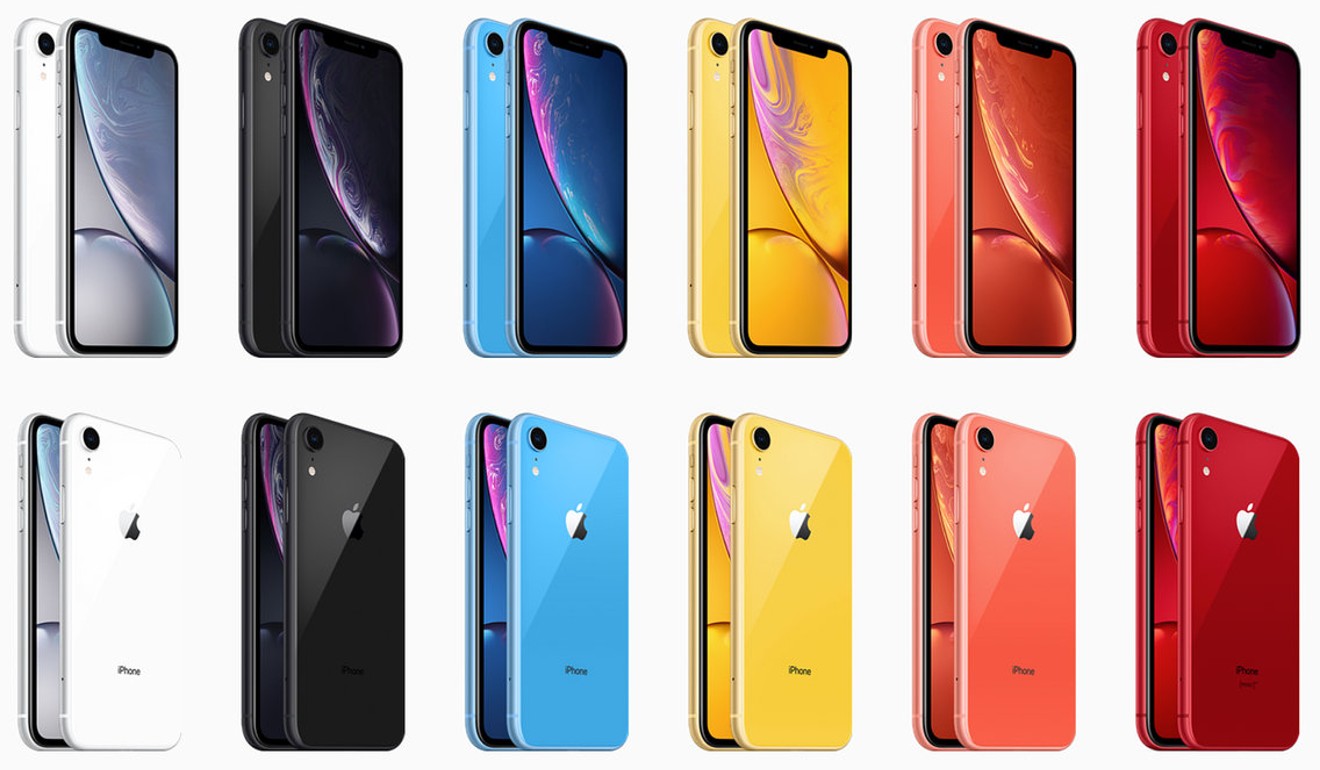
The iPhone XS is expensive. Prices start at US$999 for the 64GB model. The 512GB model costs US$1,349.
The iPhone XR is slightly more affordable, but it is still expensive. It costs US$749 for the 64GB model and US$899 for the 256GB model.
The iPhone XS Max is the most expensive phone of them all. It costs US$1,099 for the 64GB model and US$1,449 for the 512GB version.
If you ask me, the standard iPhone XS is the phone to buy ... it has a better screen than the iPhone XR, it is not as big or costly as the iPhone XS Max, it feels comfortable to hold and it’s wonderful to use
If you ask me, the standard iPhone XS is the phone to buy.
There are benefits and drawbacks to each phone.
The iPhone XR is more affordable and has a better battery life compared with the iPhone XS models, but it is hampered by an inferior display, which looked too dim and almost sunken throughout my time with it.
Apps and films did not look good on the screen.
However, the iPhone XS has one of the best screens you will find on any smartphone.
The iPhone XR is available in more colours than the iPhone XS, but I didn't like how the colours looked in reality.
Aside from black and white, which are also available on the iPhone XS, the red, yellow, blue, and coral colours looked tacky on the iPhone XR.
The iPhone XR is a good phone, for sure, but most people are going to be happiest with the iPhone XS.
If you have really large hands, you might like the iPhone XS Max, but it felt it was a bit too unwieldy for me.
The iPhone XS is the perfect balance: it has a better screen than the iPhone XR, it is not as big or costly as the iPhone XS Max, it feels comfortable to hold and it’s wonderful to use.
You won't be disappointed with the iPhone XS – to me, it's the clear winner.
Want more stories like this? Sign up here. Follow STYLE on Facebook, Instagram and Twitter

The technology giant’s latest offerings are all good and share similarities – but one is clearly the best bet for buyers, writes Dave Smith